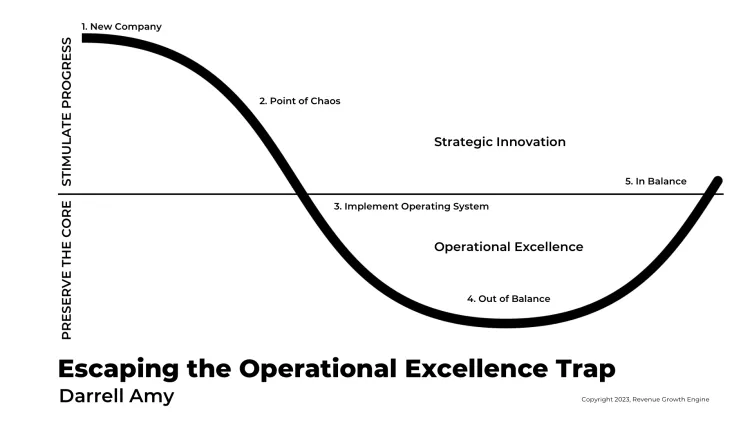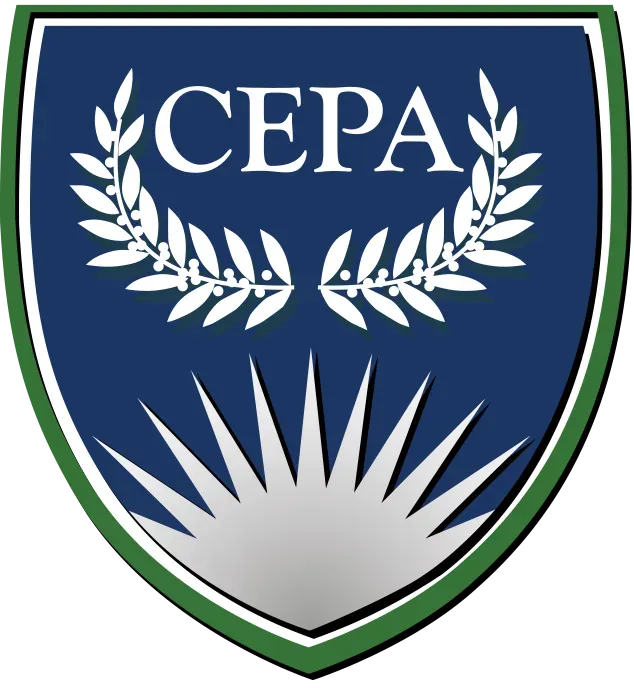
Escaping the Operational Excellence Trap: How Companies Get Out of Balance and What To Do About It
In Built To Last, Jim Collins insists that great companies make sure two things happen simultaneously: they stimulate progress while protecting the core. As companies evolve, they tend to shift from stimulating progress to protecting the core. As a result, they get stuck with a bored visionary, flat revenue growth, and increased vulnerability to innovative competitors.
When a new company launches, everything revolves around stimulating progress. Strategy and innovation take center stage as the company tries to figure out how to go to market and what will stick.
Over time as the company develops their revenue stream they begin to feel the effects of chaos. Attention shifts from innovating to preserving the core with operational excellence. In pursuit of best practices in this area, many companies implement proven operating systems like EOS®.
At this point the company begins to run smoothly. The team focuses on protecting the core At the same time, attention tends to slip away from stimulating progress. In the midst of focus on execution, innovation fades into the background.
This kind of company is out of balance. Much like a car with tires out of balance that shakes dangerously while driving on the freeway, this organization may be going fast, but the future is shaky.
This is a problem. Yes, the company organized for operational excellence serves customers well with good execution. However, in not looking to the future, they risk being displaced by competitors. And since they are not proactively organized to provide more value to their customers, one could argue that a company without a structure for innovation is in reality not really serving their customers that well.
How Do Organizations Get Out of Balance?
It happens over time as the company organizes around core operational functions to ensure profitability and a great client experience. The organizational structure aims at preserving the core and does not factor in stimulating progress.
For example, in a company that runs on EOS® an Integrator leads an operational team of customer-facing sales, operations, and finance teams that preserve the core. Stimulating progress is left to the visionary.
To make matters worse, sometimes the operational excellence structure inhibits innovation. When visionaries bring new ideas to the table, they often get outvoted by the operational team who wants to focus their attention and resources on execution. (Fortunately, Visionaries can find other people in the company that share their gifts. Read: Employee Engagement with W’s and I’s: How To Tap the Working Genius of Wonder and Invention to Drive Growth.)
How Can You Fix the Problem?
Operational excellence is critical. So is innovation. So what do you do to fix an out-of-balance organization?
1. Flip the Org Chart on It’s Side
First, flip the organizational chart on its side and put the customer in the middle. On the right side of the customer, map out the organization that is responsible for preserving the core. Start with the customer-facing people and work back through their leaders and ultimately the Integrator. On the left side of the customer, map out the customer-facing people who focus on stimulating progress, starting with those who touch the customer and working back through the Visionary.
Message me if you’d like to see an example of a horizontal organization with the customer in the middle the preserves the core and stimulates progress.
Uh oh. Most companies that do this will find their organization is way out of balance. They have fully-staffed teams working on preserving the core. When it comes to stimulating progress, the visionary is on their own.
If this is your company, you may be out-of-balance.
2. Build a Structure Around Innovation
The second step is to fix the problem. Fortune 500 companies have entire innovation departments focused on stimulating progress. However, this concept is out of reach for many growing companies.
In Good To Great, Jim Collins observed that every great company has a council. This is a cross-functional team focused on stimulating progress through strategic innovation.
While you may not be able to dedicate a full-time team to innovation, you can assemble a cross-functional team of people that have Working Geniuses® like Wonder, Invention, and Discernment. (Learn more in this article: Employee Engagement with W’s and I’s: How To Tap the Working Genius of Wonder and Invention to Drive Growth.)
Is your company out of balance? If so, you need to fix it. For ideas on how to do this, private message me and I’ll show you a model for how you could structure your company to stimulate progress.
Originally Published on Darrell Amy's LinkedIn.







